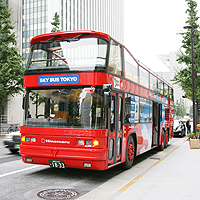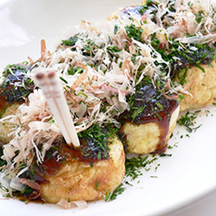Last Reflection
When I decided to study Japanese, I never had in mind that I would have to do some translations and interpreting too between English and Japanese. As English is my second language I felt intimidated by it, even though until now I have never had any problem with my English skills. However I have always thought that when I have to translate from Japanese to English, my English became less natural, because in my head I can have the whole context but putting them into a sentence sometimes it can be hard at times.
My feelings at first when I learnt about doing a portfolio related to our major actually worried me. As when I was in high school I had tried to keep a blog several times but I wasn’t consistent enough and at the end I never finished it. Also I am not the kind of person that is good with technology, so for me using “Wordpress.com” was actually a struggle, that’s how bad I am with technology and internet.
Since I started studying Japanese I had to do some translation assignments for example Japanese food recipes, children stories, legal certificates and so on. But I have always done it in paper using dictionary only. Now I can see that there are so many different tools that can help with translations such as “google translate, Eijiro, Rikai-kun, imtranslator.net, Babylon” and more.
I also did have some struggles during this I-reflect course, such as misunderstanding and problem with my computer. At first I guess I didn’t understand very well what we had to do, just translate? What should I translate? It took me a while to decide what topic I would chose to translate, at first I had thought of translating music interviews and also some formal documents, but doing this i-reflect course meant that I could translate any topic I’ve chosen, so I decided to translate something more interesting for myself and also something that might interest the readers, who might not gone to Japan before. This is why I was a few weeks behind, also the only time I could do i-reflect work was when I was at AUT because my computer has a virus, and sometimes I had to use my classmates laptop.
Some other struggles were just a few words that were hard to translate at times, because I was either unable to find them at the dictionary or because they are something unique to Japan and its impossible to translate, for example for “Oobanyaki” which is a Japanese sweets to I decided to add under the translation what it was and between brackets the resource of the information.
If I have to evaluate my work, it isn’t completed, I think to become a translator your language skills are never enough, you have to keep learning new grammar and lexis that will help you improve your translation skills. Also even though my first language is Spanish, I also think that I should be trying to improve my first language more and more, by reading different types of books (jargon differs depending the types of context) listening and speaking more. At the moment my future plan is not to become a Japanese- English translator, because I would like to either enter the Tourism field or Education field, which I have a background for both of them. But being able to translate from three different languages does open your path even wider.
How should I keep improving? I think when you are learning a language you are constantly improving either speaking, writing or reading as long as you are immerse in the target language. As for me, as I do want to improve my three language I think I should be reading and writing more in those three languages, I am considering of continuing “wordpress.com” and try to write articles in Japanese, English and Spanish as it will help me to keep improving and being more constant with my work. Also I should probably try to get more people’s opinion about my translation such as native speakers to check if the context of the text makes sense or not. Also, to improve my proof-reading after each translation.
What have I learnt on the way? While trying to find text regarding the topic I wanted to translate I did learn various things related to Japanese culture and tourism places. Also some of the vocabulary in the text was complete new to me.
What I regret not doing over the weeks? I regret not being able to catch up on my weekly plan, my last three weeks I did them on time at home, just writing them on paper and checking the dictionary, however as I didn’t have a computer at home, the only time I had to typed them was when I was at AUT. Also I did share my blog at google+ but I did not get many comments and I did not comment on my peer’s blogs. I did keep an eye to some of my classmates work as it helped me to see what I was supposed to do and to get some ideas on how and where to improve. I even added them on my blog so I could get an alert when they posted on their blog, but I am not sure if I “followed” them correctly or not, as I am new to wordpress.
References
Altalang (May 9, 2008). 5 Steps to Becoming a Professional Translator. Retrieved from:
http://www.altalang.com/beyond-words/2008/05/09/5-steps-to-becoming-a-translator/
The gits blog (October 5, 2008) Becoming a better translator. Retrieved from:
http://ginstrom.com/scribbles/2008/10/05/advancing-in-translation-career/





